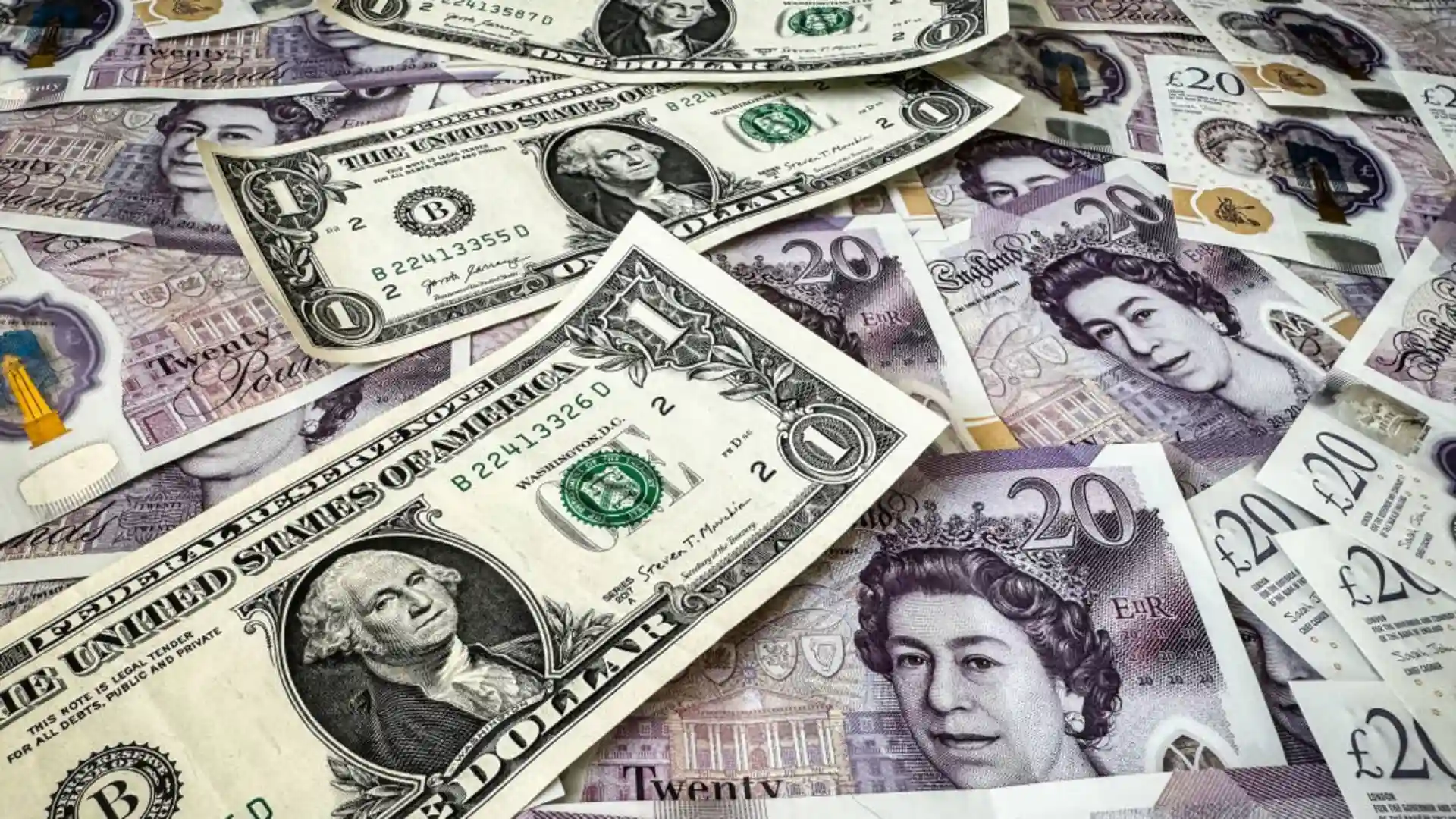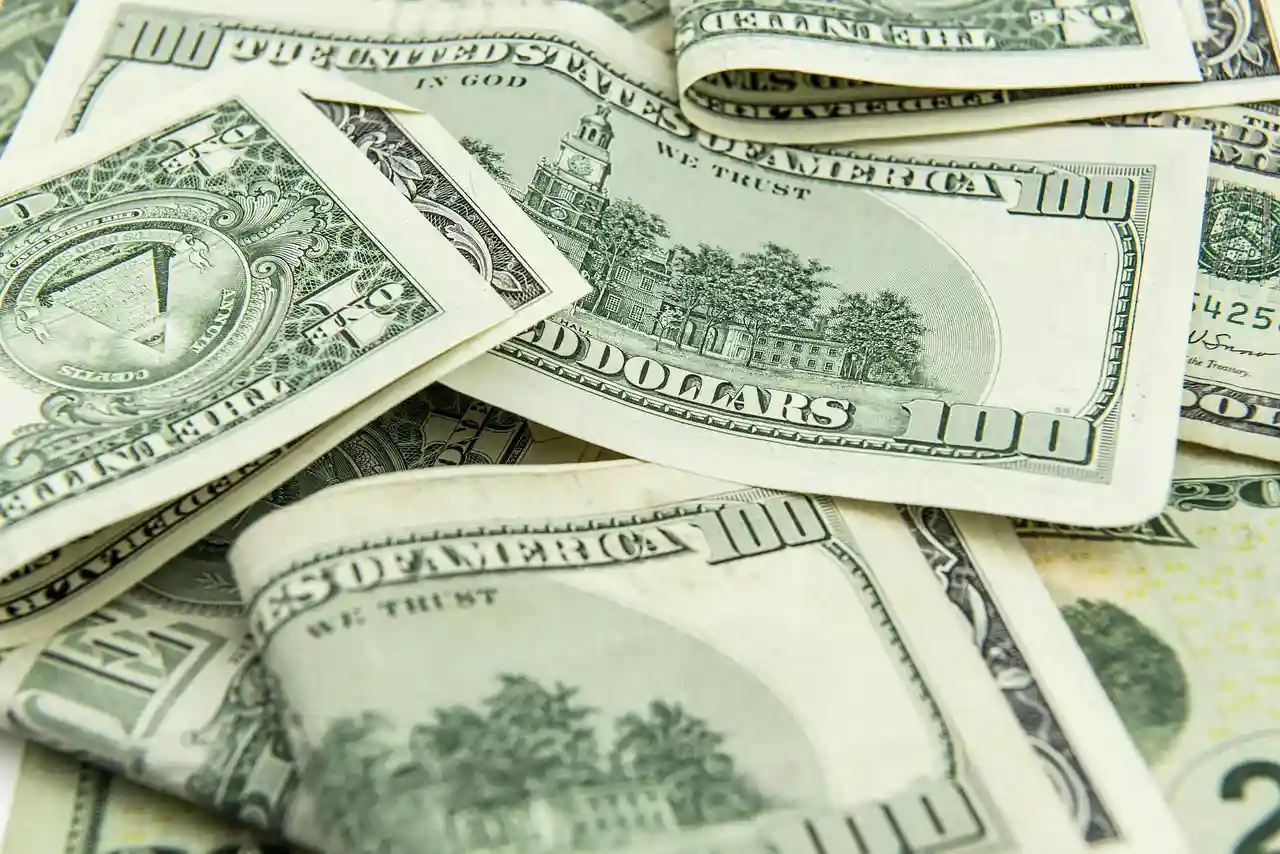What Led to the Rise of the U.S. Dollar Rate in May?

[Image: Times of India]
Introduction
In early May 2025, the U.S. dollar experienced a notable uptick, reversing some of the declines observed in April. This resurgence is attributed to a confluence of factors, including shifting investor sentiment, economic data releases, and global monetary policy dynamics. Understanding these elements is crucial for traders and investors navigating the current financial landscape.
Economic Indicators and Market Sentiment
Recent U.S. economic data presented a mixed picture. While the GDP growth rate showed a slight decline, other indicators, such as robust employment figures and resilient consumer spending, signaled underlying economic strength. These mixed signals have led investors to reassess their positions, contributing to the dollar’s stabilization.
Moreover, the Federal Reserve’s stance on maintaining current interest rates, coupled with hints at potential future hikes to combat inflation, has bolstered confidence in the dollar. Higher interest rates typically attract foreign capital, increasing demand for the currency.
While the U.S. maintains a steady monetary policy, other major economies are adopting more accommodative stances. For instance, the Bank of England is anticipated to cut rates in response to trade-related economic uncertainties. Such divergent monetary policies make the U.S. dollar more attractive to investors seeking higher yields.

[Image: SecurityWeek]
Trade Developments and Tariff Implications
President Trump’s recent tariff announcements have introduced volatility into global markets. However, the subsequent 90-day pause in implementing some of these tariffs has provided temporary relief, allowing the dollar to regain some ground. Investors are cautiously optimistic about potential trade negotiations, which could further influence the dollar’s trajectory.
In Asia, several currencies, including the Taiwanese dollar and the Chinese yuan, have appreciated against the U.S. dollar. This regional strength reflects localized economic factors and trade dynamics. However, the broader impact on the U.S. dollar remains limited, as global investors continue to view it as a safe-haven asset amid uncertainties.
Conclusion
The U.S. dollar’s recent rise is the result of complex interplay between domestic economic indicators, global monetary policies, and evolving trade scenarios. While challenges persist, the dollar’s resilience underscores its central role in global finance. Traders and investors should remain vigilant, monitoring these developments to make informed decisions in the dynamic currency markets.
Bold Prime is full of tools and resources for traders such as webinars, blogs, economic calendar and trading education. If you’re new to trading and would want to explore thoroughly, consider using CopyTrade – you can mimic and follow the strategies, plans and movements of the expert traders and gain profits instantly.
Trade smart, trade Bold Prime.















